I just returned from the Netherlands and Denmark, and I can’t stop thinking about herring.
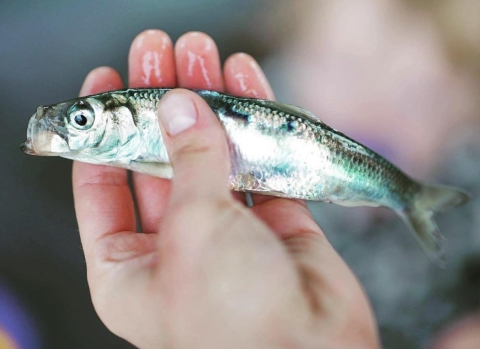
There’s something about the way they serve it there—raw, glistening, fresh from the sea, handed over from a roadside herring truck like it’s the most natural thing in the world. And maybe it is.

In Amsterdam, I found herring trucks stationed like food trucks—only these served no tacos. Just fillets of herring, raw and slick, topped with chopped onions and pickles, sometimes nestled into a soft white bun called a broodje haring.
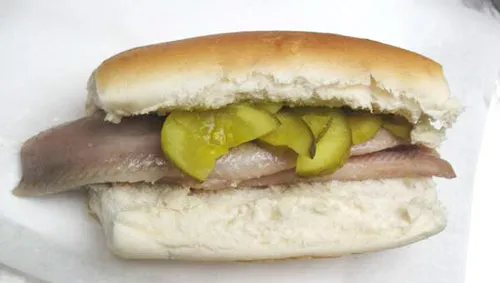
The classic Dutch way to eat it? Grab it by the tail, tip your head back, and let it slide down. Sounds messy. Tastes perfect.
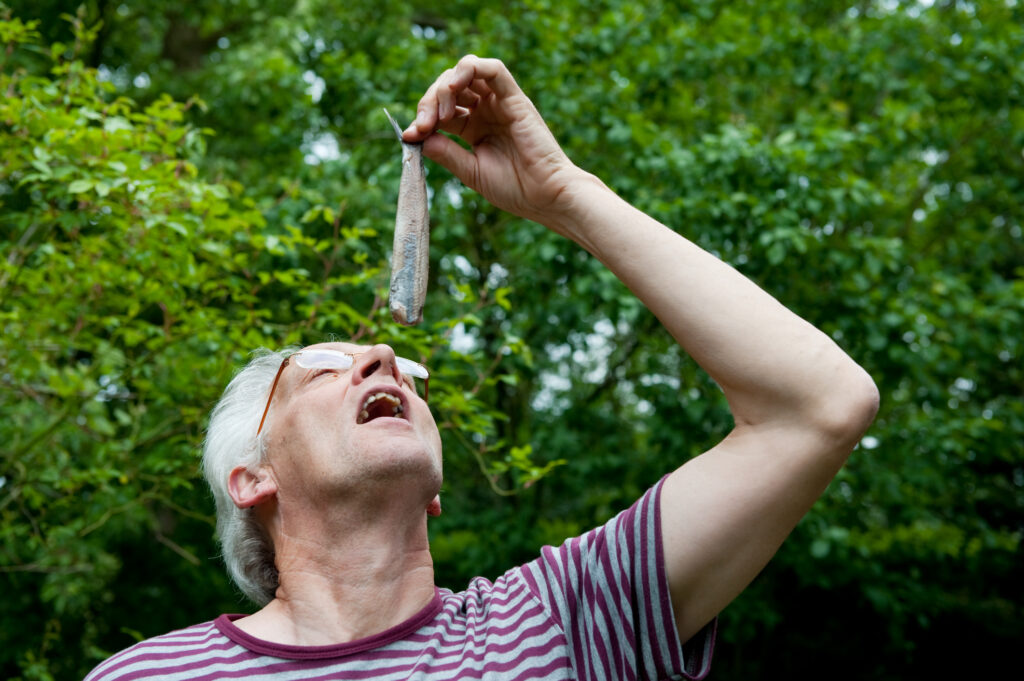
That first bite took me straight back—not to Europe, but to the waters of Puget Sound.
You see, I’ve lived in the Pacific Northwest for over 50 years. And while I may have developed a deep affection for eating herring abroad, here at home, herring has long served another noble purpose: bait.
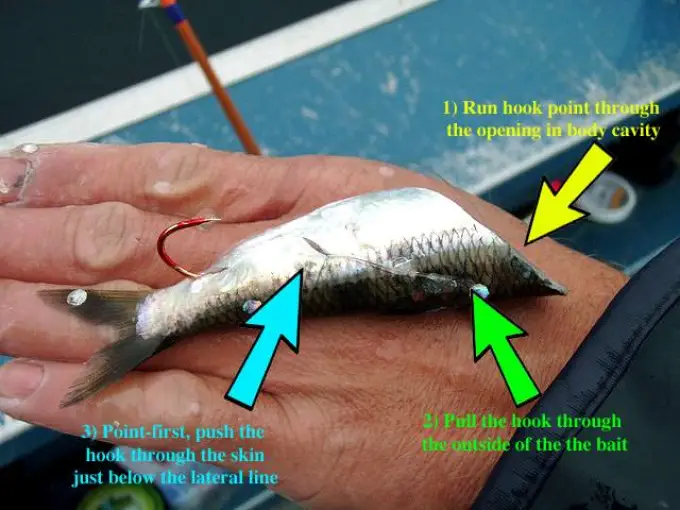
I can’t count how many mornings I’ve spent on a small boat in the Sound, trolling for salmon. The trick? A herring on the hook, head cleanly sliced off so it spins just right through the water. There’s a rhythm to it. A ritual. The kind of thing that sinks into your muscle memory over the years. And when a salmon hits that line—well, there’s no thrill like it.
Funny, isn’t it? The same fish I used as bait in Washington is a revered treat in Copenhagen. But then, herring has always been something more than a small silver fish.
A Fish That Changed the World
Herring isn’t just a fish—it’s a historical force. In the Middle Ages, herring was one of the most valuable food commodities in Europe. The Dutch, in particular, perfected a technique called gibbing—removing the gills and part of the guts to preserve the fish without losing its flavor. It allowed them to cure huge amounts of herring and export it far and wide. Some even say the Dutch maritime empire was built on the back of this little silver fish.
In Scandinavia, herring became a fixture on holiday tables. Pickled in mustard, sour cream, wine, or dill sauce, it still shows up at every Christmas, Easter, and Midsummer feast worth its salt. In Russia, they layer it under grated beets and mayonnaise in a dish called “Herring Under a Fur Coat.” And in Japan? Herring finds its way into soba noodle dishes.
A Constant in My Life
I love to eat herring. Always have. I keep it in my refrigerator at all times, right next to the cream cheese and applesauce. There’s something comforting about knowing it’s there—ready to be forked straight from the jar or laid lovingly on a piece of rye crisp.

And I’ve shared that love, or at least tried to. I’ve introduced all 13 of my grandchildren to herring—some before they could even say the word. A few wrinkled their noses and pushed the plate away. But to my delight, some actually liked it. A couple even came back for seconds. Who knows? Maybe there’s a little bit of Scandinavian saltwater in their veins too.
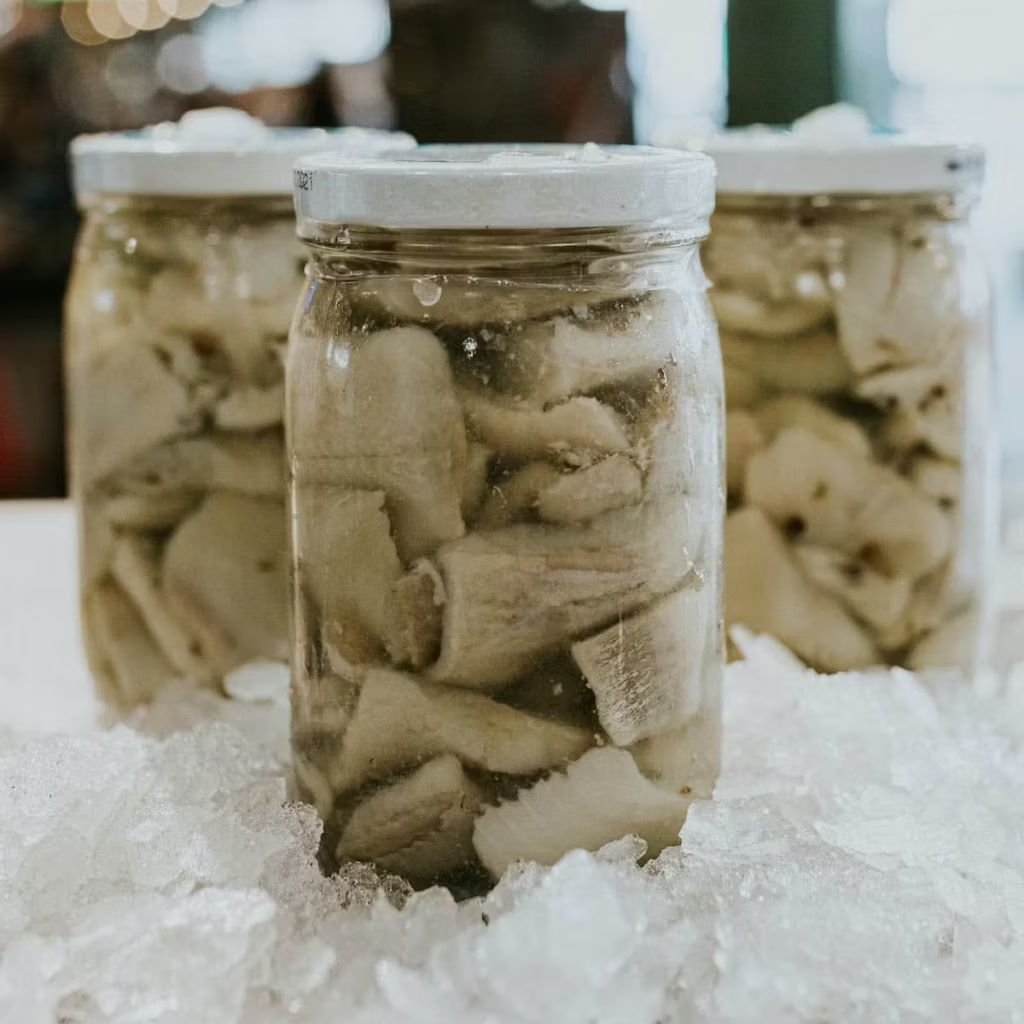
An Industry That Still Matters
While herring may seem like an old-world food to some, it’s still a major player in the modern fishing economy—especially in countries like Iceland, Norway, Denmark, and the Netherlands. These nations not only consume herring with cultural pride, but also export it globally.
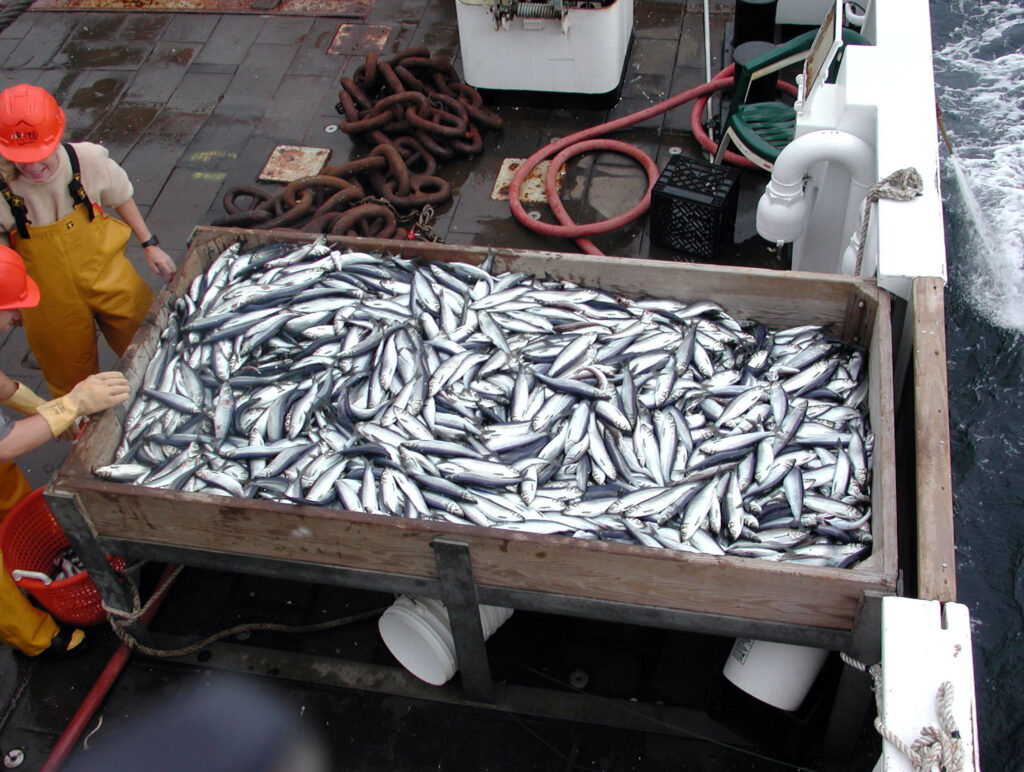
- In Iceland, herring was once known as “the silver of the sea.” The industry boomed in the mid-20th century, helping build cities and fund infrastructure. Though overfishing nearly collapsed the stock, Iceland bounced back through science-based management and still exports herring today.
- Norway is a global powerhouse, shipping Atlantic herring to Germany, Poland, and Africa. In 2024, Norway exported 227,916 tons of herring worth several billion dollars.
- Denmark continues to process and export herring across Europe, though its role is more modest than in centuries past. Culturally, it’s still central—especially around the holidays.
- And in the Netherlands, herring is both business and celebration. The first catch of the season—Hollandse Nieuwe—is auctioned off with fanfare during Vlaggetjesdag, and those first barrels can fetch tens of thousands of euros.
In short, this small, silvery fish still helps feed both people and economies.
The Unsung Hero of the Sea
Beyond economics, herring is a keystone species in the ocean’s ecosystem. They feed on plankton and, in turn, are eaten by salmon, cod, seabirds, and whales. A healthy herring population is the foundation for a thriving marine food.
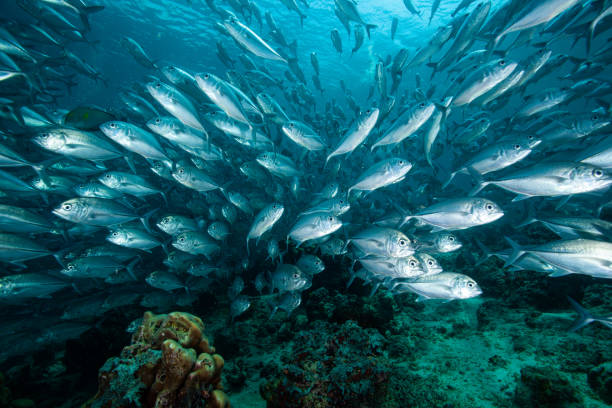
It’s the kind of fish that quietly keeps the whole operation running.
Good for the Body, Good for the Planet
If you need another reason to eat more herring, here’s one: it’s really good for you. High in omega-3s, rich in vitamin D, full of B12, and low in mercury. Oh, and it’s sustainable—herring reproduce quickly and don’t require intensive farming or heavy environmental costs.
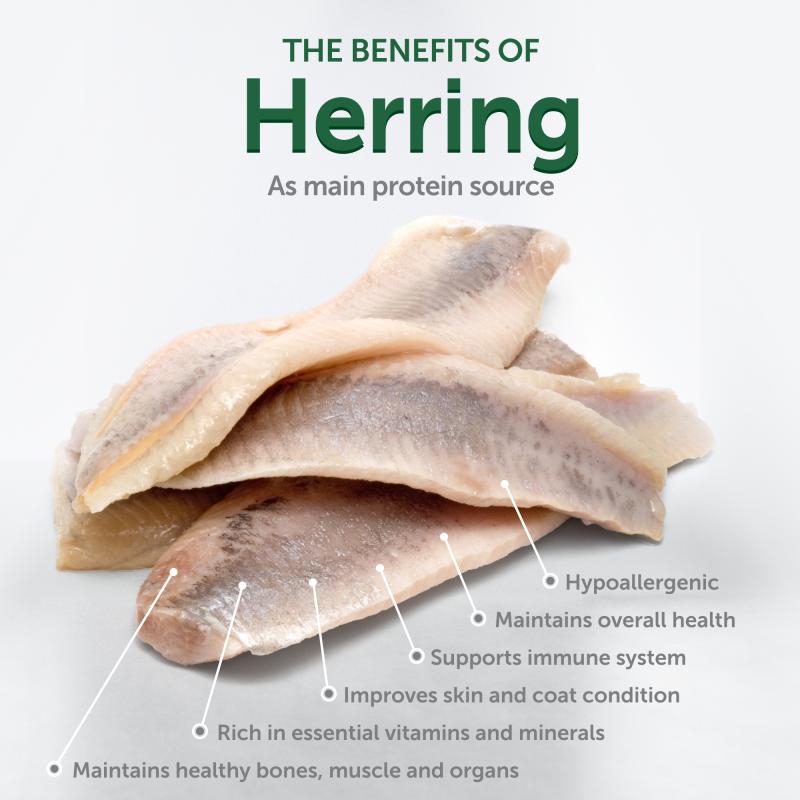
Unlike some of the overfished giants of the seafood world, herring is a gentle, renewable resource. Kind of like eating with a clear conscience.
Any Way You Slice It
There are a dozen ways to enjoy herring:
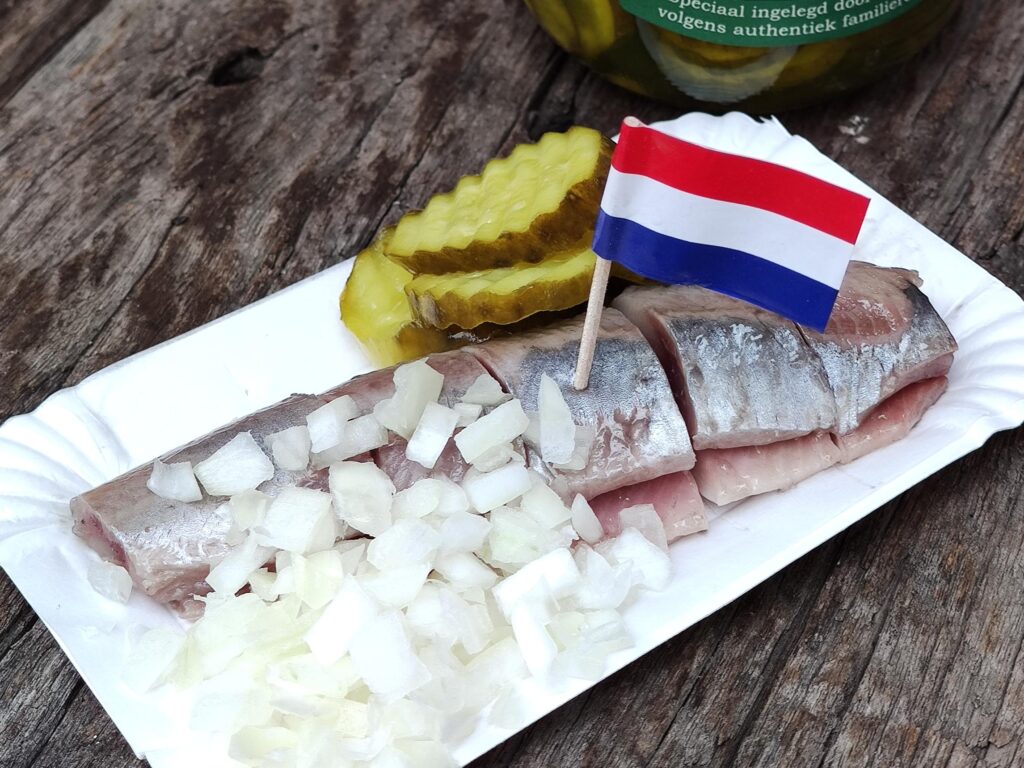
- Dutch style: Raw, with onions and pickles
- Scandinavian style: Pickled in jars with sauces, often served on rye or crispbread
- Eastern European style: Marinated, smoked, or layered in cold salads
- Pacific Northwest style: As bait… until you develop a more refined palate
And wherever you find it, herring comes with its own set of stories. In Sweden, they say “sill i massor ger lycka i kassar”—“lots of herring brings happiness in your pockets.” In the Netherlands, they throw parties to welcome the first catch of the year.
Why I’m Writing This
Because I’m 81 years old and still learning to appreciate the little things. Because food has a way of connecting us—across countries, cultures, and generations. And because every time I bite into a piece of herring, I’m reminded that even something as humble as a small, oily fish can hold a world of meaning.
Here’s to herring. Bait, delicacy, tradition, and joy—all wrapped in one silver package.
Bravo, Neil!
My mother’s maiden name was Herring. But I don’t ever remember eating it growing up.
I remember Danny being introduced to pickled herring!! He actually really liked it!! good memories!